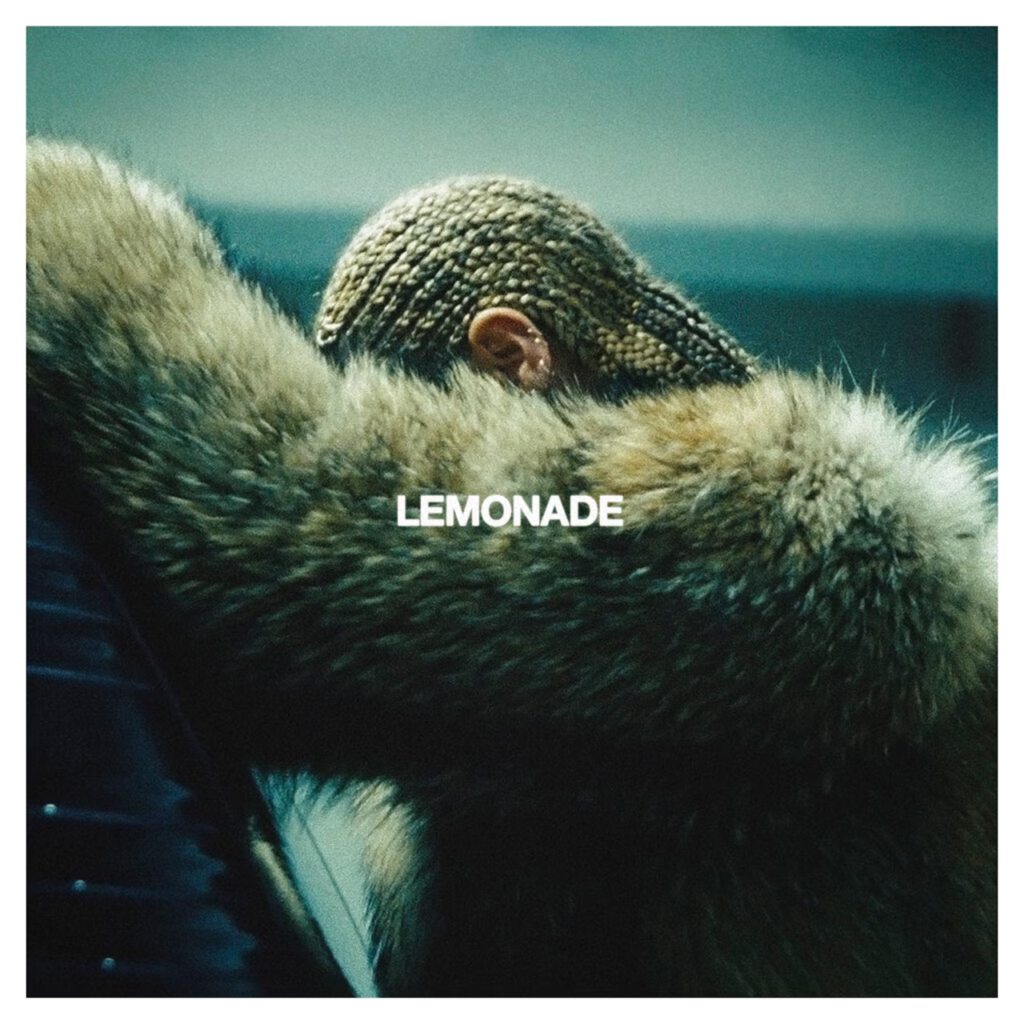
Genre blending has shaped some of the most iconic and influential albums and tracks in music history. These case studies showcase how artists from various backgrounds successfully merged different musical styles to create groundbreaking works that transcended conventional genre boundaries. In this section, we’ll explore the key elements of successful genre blending through well-known examples.
1. Radiohead – Kid A (2000)
Genres Blended: Alternative Rock, Electronic, Experimental
Radiohead’s Kid A is often cited as one of the most successful examples of genre blending in modern music. Moving away from the guitar-driven alternative rock sound of their earlier albums, Kid A introduced elements of electronic music, jazz, ambient, and experimental soundscapes.
Key Elements of Genre Blending:
- Electronic Influence: The band used synthesizers, drum machines, and sampling to create a sound that was both distant from their earlier work and distinctively innovative.
- Classical and Jazz Inspirations: Tracks like “Everything In Its Right Place” and “Idioteque” blend jazz-influenced structures with classical elements like dissonance and atonality.
Impact:
Kid A was initially met with mixed reactions from Radiohead’s rock-focused fan base but later gained critical acclaim for its bold departure from traditional rock music. Its success paved the way for genre-defying records in the 21st century.
2. Beyoncé – Lemonade (2016)

Genres Blended: R&B, Hip-Hop, Rock, Country, Blues, Pop
Beyoncé’s Lemonade is a masterclass in genre blending, combining R&B with rock, country, hip-hop, gospel, and blues to reflect her personal and political experiences. This diversity of styles helps convey the album’s emotional and thematic range, including love, betrayal, identity, and empowerment.
Key Elements of Genre Blending:
- “Don’t Hurt Yourself”: A rock-heavy track featuring Jack White, blending hard-hitting bluesy riffs with Beyoncé’s powerful R&B vocals.
- “Daddy Lessons”: A surprising foray into country music, complete with a twangy guitar and Southern storytelling, fused with R&B rhythms and vocals.
Impact:
Lemonade was celebrated for its boldness, depth, and genre versatility. It topped year-end lists and is seen as a landmark album that highlighted the possibilities of genre fusion in mainstream pop.
3. Lil Nas X – “Old Town Road” (2019)
Genres Blended: Country, Hip-Hop, Trap
“Old Town Road” became a cultural phenomenon in 2019, blending country music’s storytelling and instrumentation with hip-hop’s trap beats and lyrical style. The song’s viral success was largely due to its genre-fluid approach, which both shocked and intrigued listeners.
Key Elements of Genre Blending:
- Country Instrumentation: The song features a prominent banjo loop and references to cowboy culture, traditional hallmarks of country music.
- Trap Beats: The production is defined by a heavy 808 bass and snare drum patterns typical of modern trap music, adding a contemporary urban edge to the song.
Impact:
“Old Town Road” broke records, becoming the longest-running No. 1 hit on the Billboard Hot 100. Its success spurred debates over genre categorization, especially when it was removed from Billboard’s country chart. Ultimately, the song’s genre-bending nature expanded the scope of both country and hip-hop, showing how fluid modern music could become.
4. Gorillaz – Demon Days (2005)
Genres Blended: Alternative Rock, Hip-Hop, Electronic, Dub, Funk
Gorillaz, a virtual band led by Damon Albarn, is known for blending a wide range of genres. Their second album, Demon Days, is a standout example, featuring collaborations with artists across multiple genres, resulting in a diverse, yet cohesive sound.
Key Elements of Genre Blending:
- Collaborative Nature: Demon Days features a broad array of guest artists, including hip-hop icons like De La Soul, alternative rock musicians, and electronic producers.
- Eclectic Sound: Tracks like “Feel Good Inc.” combine funky basslines, rap verses, and alternative rock choruses, while “DARE” incorporates dance rhythms and electronic textures.
Impact:
Demon Days was a commercial and critical success, showing how blending disparate genres could lead to a unique and engaging listening experience. It also solidified Gorillaz’s place as genre-fluid pioneers.
5. Kanye West – Yeezus (2013)

Genres Blended: Hip-Hop, Industrial, Electronic, Dancehall
Kanye West’s Yeezus is a bold experiment in genre blending, incorporating industrial, electronic, and dancehall influences into his signature hip-hop sound. The album’s minimalistic production and abrasive textures marked a stark departure from West’s earlier work.
Key Elements of Genre Blending:
- Industrial and Electronic Elements: Tracks like “Black Skinhead” feature heavy, distorted beats and aggressive electronic soundscapes inspired by industrial music.
- Dancehall and Reggae Influences: Songs like “Send It Up” feature dancehall samples and reggae-inspired rhythms, adding to the album’s eclecticism.
Impact:
Yeezus was initially polarizing due to its experimental nature, but it was later hailed as a forward-thinking album that pushed the boundaries of hip-hop. It influenced a generation of artists to take risks with genre blending.
6. Linkin Park – Hybrid Theory (2000)
Genres Blended: Nu-Metal, Rap, Rock, Electronic
Linkin Park’s debut album Hybrid Theory was groundbreaking in the early 2000s, as it fused nu-metal with rap, rock, and electronic elements. The album helped popularize a new wave of alternative music that appealed to both rock and hip-hop audiences.
Key Elements of Genre Blending:
- Rap-Rock Fusion: Mike Shinoda’s rap verses combined with Chester Bennington’s rock vocals created a dynamic contrast, while heavy guitars and electronic sampling defined the sound.
- Electronic Influence: Tracks like “In the End” and “Crawling” feature electronic beats and sampling, adding a layer of complexity to the band’s nu-metal foundation.
Impact:
Hybrid Theory became one of the best-selling albums of the 2000s and helped shape the nu-metal genre. Its fusion of rap and rock created a crossover appeal that resonated with diverse audiences.
7. OutKast – Speakerboxxx/The Love Below (2003)
Genres Blended: Hip-Hop, Funk, Pop, Jazz, Rock
OutKast’s double album Speakerboxxx/The Love Below is a genre-defying masterpiece. It features two solo albums: Big Boi’s Speakerboxxx, which stays closer to hip-hop roots, and André 3000’s The Love Below, which incorporates funk, jazz, and pop.
Key Elements of Genre Blending:
- Funk and Jazz Influence: Songs like “Hey Ya!” and “Roses” from The Love Below blend funk, pop, and jazz influences, showcasing André 3000’s experimental approach.
- Southern Hip-Hop Roots: Speakerboxxx maintains a stronger connection to Southern hip-hop but still integrates funk and soul elements, creating a balanced contrast between the two albums.
Impact:
The album was a commercial success and won the Grammy Award for Album of the Year. It showcased the duo’s versatility and willingness to experiment with multiple genres, pushing the boundaries of what hip-hop could be.
8. SZA – Ctrl (2017)
Genres Blended: R&B, Hip-Hop, Alternative
SZA’s Ctrl is an introspective album that blends alternative R&B with hip-hop and neo-soul, creating a sound that’s both ethereal and grounded in urban storytelling.
Key Elements of Genre Blending:
- Alternative R&B Sound: The album features sparse, minimalist production that merges R&B with electronic beats and hip-hop rhythms.
- Neo-Soul and Hip-Hop Influence: Songs like “The Weekend” and “Love Galore” combine soulful vocals with trap-inspired beats, creating a smooth fusion of genres.
Impact:
Ctrl was critically acclaimed and is credited with helping to redefine modern R&B by incorporating elements of hip-hop and alternative music. It opened doors for a wave of artists experimenting with genre blending in the R&B space.
Conclusion
These case studies highlight the transformative power of genre blending in music. Artists like Radiohead, Beyoncé, and Lil Nas X have not only created innovative sounds by merging genres but also expanded the boundaries of what is commercially and artistically possible. While genre blending comes with risks, these examples demonstrate how it can lead to groundbreaking, timeless music that resonates across different audiences and musical traditions. The success of these albums and tracks shows that, when done thoughtfully, blending genres can result in some of the most impactful and lasting contributions to modern music.
For more such content, keep visiting QAWire


